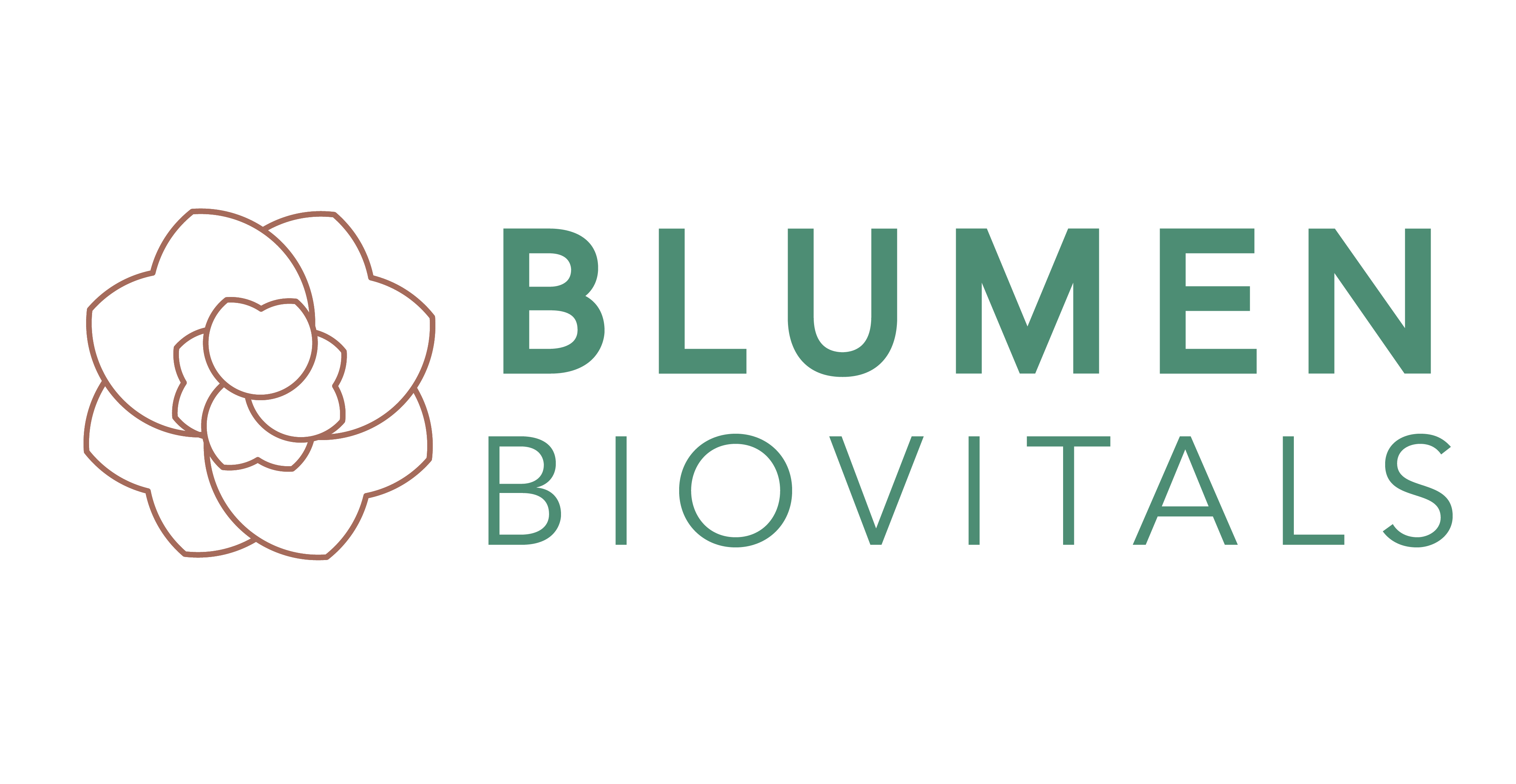PAEDIATRIC HEALTH
Comprehensive Childcare
BLM LrGG
According to World Health Organisation (WHO), diarrhoeal disease is the second leading cause of death in children under five years. Dysbiosis characterized by pathogens domination is widely identified in diarrheal diseases. Research in gut microbiota is receiving large amount of attention due to its involvement in diarrhoea…
AB-Kolicare
Global prevalence of infantile colic pain is estimated to be around 20% but most of the research has been done in Western population. Alteration in gut microorganism or more correctly decrease in commensal bacteria like Lactobacillus and Bifidobacterium in gut of the babies is a reason for colic…
BLM ORS Pro
According to World Health Organisation (WHO), diarrhoeal disease is the second leading cause of death in children under five years old. Dysbiosis characterized by pathogens domination is widely identified in diarrheal humans and one area of diarrhoea which is currently receiving a large amount of attention is the interaction with gut microbiota…
i-DHA
First 1000 days is a period that initiates with pregnancy and ends when the child turns 2 years old. It is marked with rapid growth and development of the child both in the womb and after birth. It is a time when there is maximum growth and rapid development of the brain, digestive and immune system…
BLM LrGG


Background
According to World Health Organisation (WHO), diarrhoeal disease is the second leading cause of death in children under five years. Dysbiosis characterized by pathogens domination is widely identified in diarrheal diseases. Research in gut microbiota is receiving large amount of attention due to its involvement in diarrhoea.
Current management includes treatment with antibiotics, ORS for rehydration and zinc. Antibiotics not only kill infection-causing bacteria but also disturb the balance of the gut microbiota, potentially allowing certain pathogenic bacteria to become overactive. Hence supplementation of gut beneficial bacteria may be an effective strategy for the management of diarrhoea.
Product info & advantages
BLM LrGG contains Lactobacillus rhamnosus GG which is the world’s most researched and documented probiotic; that is globally recommended by several eminent authorities. It has clinically proven efficacy and safety in various gastrointestinal conditions, through multiple clinical trials. L. rhamnosus GG is safe to be used across all age groups – ranging from kids to the elderly. It could decrease the frequency, duration of diarrhoea & vomiting and the recovery is 50% faster than the standard treatment of care.
Indications
- Prevention and treatment of antibiotic associated diarrhoea
- Treatment of diarrhoea in children
Benefits
- Helps in Diarrhoea
- Improves digestion
- Restores normal flora
Key Features
- Innovative dosage forms
- Oro-dispersible form; no need to take water
- Oil drops – Easy to administer to infants
- Delicious flavour




Formulation Type




Recommended Dosage




Formulation Type




Recommended Dosage
AB-Kolicare


Background
Global prevalence of infantile colic pain is estimated to be around 20% but most of the research has been done in western population. Alteration in gut microorganism or more correctly decrease in commensal bacteria like lactobacillus and bifidobacterium in gut of babies is a reason for colic pain. Relative abundance of opportunistic and commensal enterobacterial species seem to increase in infant colic in comparison to healthy infants. These bacteria are known to produce gas as a result of their metabolism, which could facilitate bloating and digestive discomfort. Hence, proliferating the infants gut with healthy bacteria seems to be a rational solution.
Product info & advantages
AB-Kolicare is a combination of 2 patented probiotic strains Pediococcus pentosaceus and Bifidobacterium longum. Infants who received AB-Kolicare demonstrated a gradual effect from the first day, both in reducing daily crying time & in reducing the number of episodes each day. Clinical trials have confirmed AB-Kolicare caused 33% reduction in daily crying time and 61% reduction in crying episodes. It also reduces the relative abundance of pathogenic bacteria associated with infant colic pain.
Benefits
- Reduces colic pain
- Reduces crying frequency and duration of colic pain
- Facilitates development of healthy microflora in babies
Key features
- Clinically supported & patented strains
- Neutral taste
- Can be mixed with warm milk
- Safety approved by EFSA and FDA
BLM ORS Pro


Background
According to World health organisation (WHO), diarrhoeal disease is the second leading cause of death in children under five years. Dysbiosis characterized by pathogens domination is widely identified in diarrheal diseases. Research in gut microbiota is receiving large amount of attention due to its involvement in diarrhoea.
Current management includes treatment with antibiotics, ORS for rehydration and zinc. Antibiotics not only kill infection-causing bacteria but also disturb the balance of the gut microbiota, potentially allowing certain pathogenic bacteria to become overactive. Hence, supplementation of gut beneficial bacteria along with replenishment of electrolytes may be an effective strategy for management of diarrhoea.
Product info & advantages
Indications
- Treats various types of diarrhoea & protects against antibiotic associated diarrhoea
- Electrolyte replenishment and restoration of the intestinal microflora
Benefits
- Reduces occasional gut discomfort
- Reduces diarrhoeal symptoms
- Promotes a healthy balance of good bacteria
- Prevents Dehydration
Key features
- Clinically supported for use in infants & children up to age of 5 years
- Delicious flavour
- Consumer friendly format of delivery
i-DHA


Background
First 1000 days is a period that initiates with pregnancy and ends when the child turns 2 years old. The first thousand days period is marked with rapid growth and development of the child both in the womb and after birth. It is a time when there is maximum growth and rapid development of the brain, digestive and immune system. It is thus very important to nourish the rapidly growing brain of the infant with the right nutrition. One of the most essential nutrients in this case is docosahexaenoic acid (DHA) and arachidonic acid (ARA). DHA accounts for 97% of total omega 3 fatty acid in the brain. DHA is also found in high concentrations in the retina cells in the eye. Thus, DHA influences both the mental and vision development of the infant. DHA also helps in strengthening immunity by reducing inflammation, decreasing disease severity, enhancing antibody action etc.
Product info & advantages
Product Promise
- Veg alternative for brain development
Indication
- Brain development & cognition
Key features
- Vegan plant based algal oil with 40% DHA
- 100mg DHA per serving
- Odorless alternative to fish oil
- Better absorption
- Allergy safe




Formulation Type




Recommended Dosage




Formulation Type







